Click below to listen to my 2 min. Garden Bite radio show/podcast: Trees and shrubs for pollinators
Audio PlayerWe generally think of annual and perennial flowers when we consider pollinators.
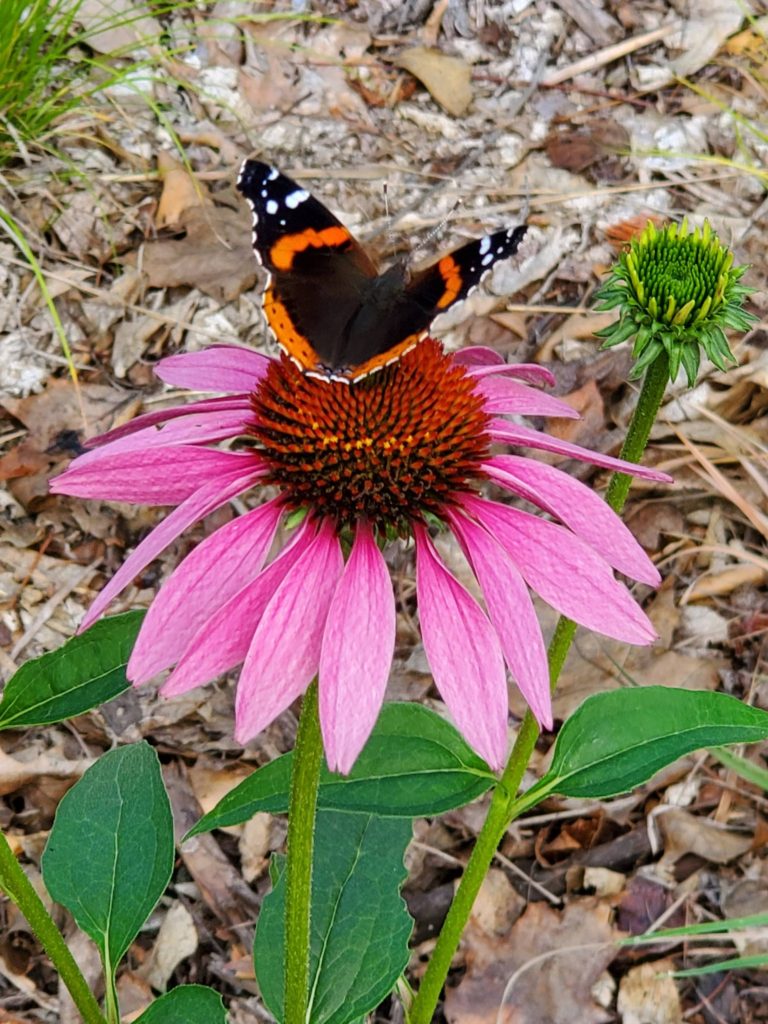
Trees and shrubs are a huge component of pollinator habitat.
The University of Minnesota Extension notes their seasonal interest as well as providing food AND shelter.
Shrubs can be planted in groups or alone, with fruit or without. I have 3 carpet roses or pavement roses that are loaded each year with bees. They’re easy care and provide pollen abundantly earlier in the season and then off and on into September.

Fruit bearing shrubs include Serviceberry.
‘Regent’ stays under 6 ft. tall. The flowers are attractive to pollinators and the berries are eaten by a wide variety of birds including Cedar waxwings.

Taller shrubs include American Cranberry, Nannyberry and Flowering Almond. Note: there are compact forms of these shrubs also. Be sure to read the tag!
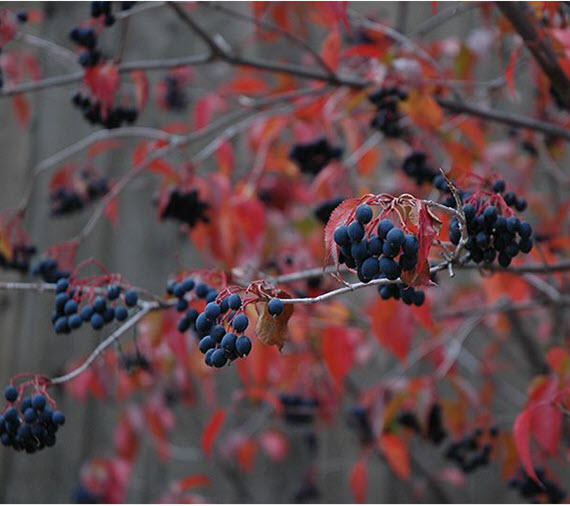
And for trees…
‘Sugar Tyme’ crabapple comes highly recommended.
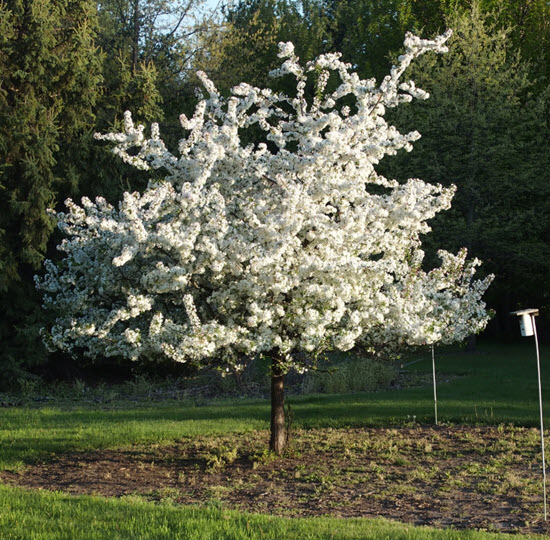
White flowers in spring are followed by red fruit.
Red Maple is a big winner. Red flowers show up in spring before the leaves. The bark is gray. Leaves emerge green turning to a beautiful red in Fall.
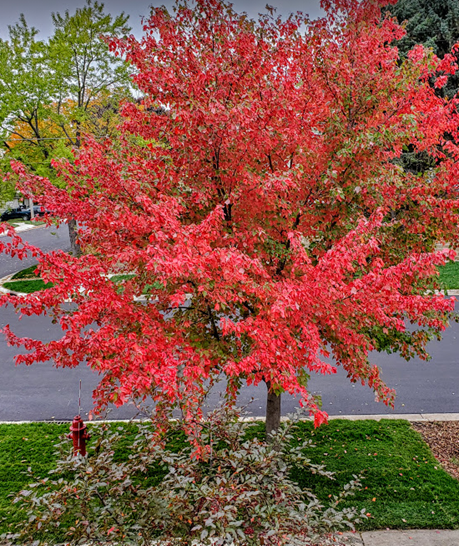
I’ve always loved the flowers of the Northern Catalpa tree and so do the pollinators! They look like orchids and show up in late Spring.
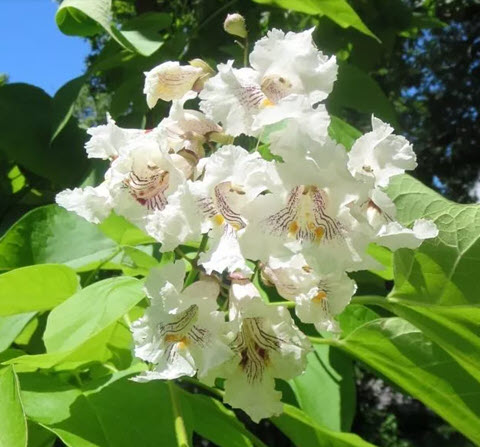
The heart-shaped leaves are huge and the long seed pods are so cool looking. Its biggest drawback is that it’s messy.
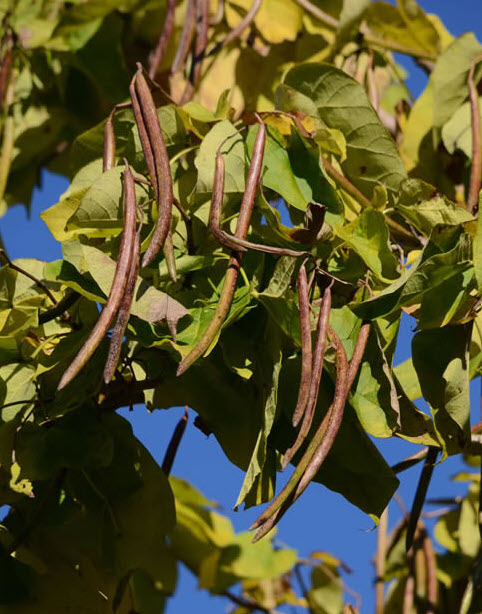
The Golden Weeping Willow is also suggested by the University of Minnesota Extension. Willows are also messy but they provide food and shelter to various wildlife.
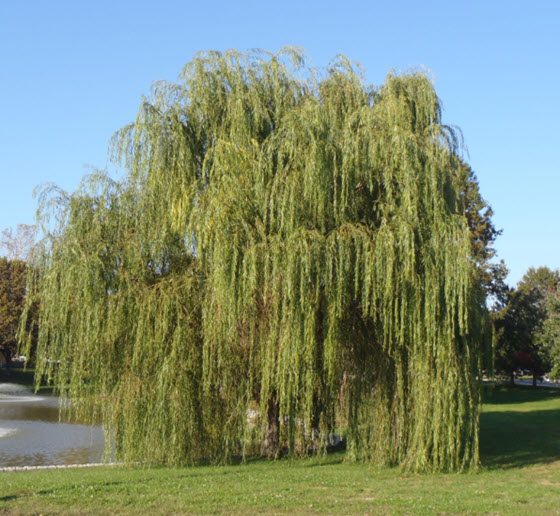
Read more about all these plants by following the links!
